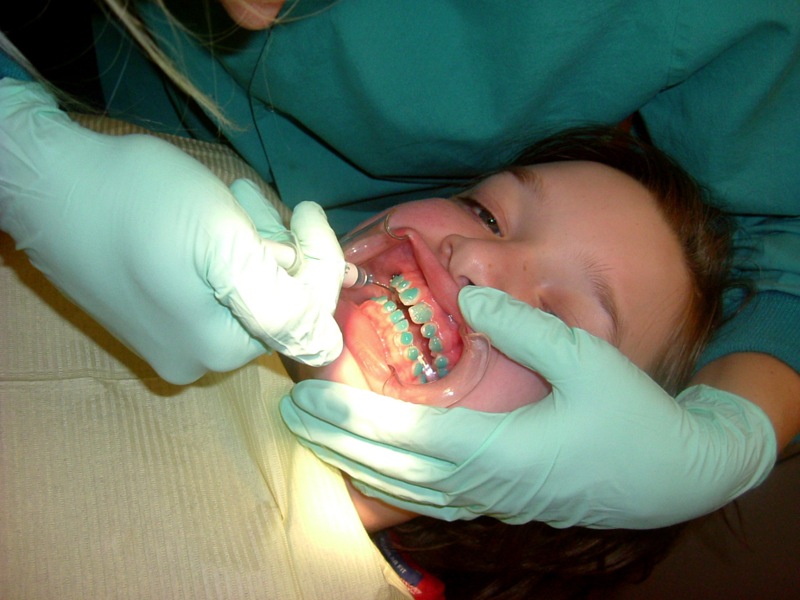Orthodontic braces are, too many people, both a blessing and a curse. A blessing because they can help sort out problem teeth, align your mouth better etc. But a problem because, well, few people like wearing them!
In the long run through they are one of the most useful dentistry options available to give you the smile and teeth that you are looking for. In some cases it is far from just cosmetic – It is actually important to the health of a person.
What Do Orthodontic Braces Do?
At it’s most basic the role of the orthodontic brace is a simple one – to help teeth to straighten and line up correctly. This is achieved by putting constant pressure on them to force them into position.
This may sound a little crude and barbaric but it is far from so. The science involved in orthodontic braces is exact. It needs to be, too much pressure will simply cause the teeth to break rather than to realign.
This is achieved by an arch wire, as well as springs and bands, putting pressure on the teeth in a certain direction. With the right amount of force (too much and the tooth will break, too little and the realignment won’t happen) the tooth is slowly stretched on one side and compressed on the other.
This loosens the tooth in it’s setting, causing a small gap as it realigns. This gap is filled by new bone that grows to help give the tooth some support (this method is known as bone remodelling and is seen in various health fields).
Orthodontic braces used in such a manner ensure that we get a way out of dental issues such as over bite, under bite, cross bite and many others. It gives us straight, attractive looking teeth that look and feel amazing. So whilst wearing orthodontic braces may not be ideal they certainly get an amazing job done!




